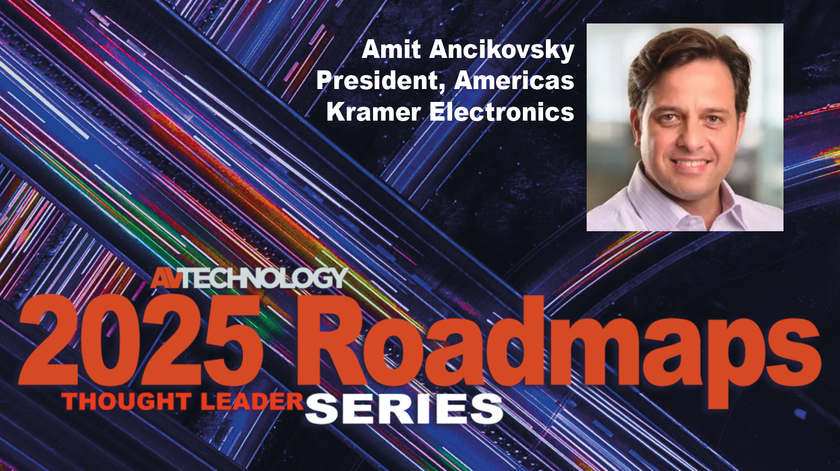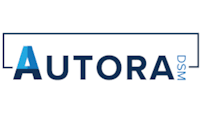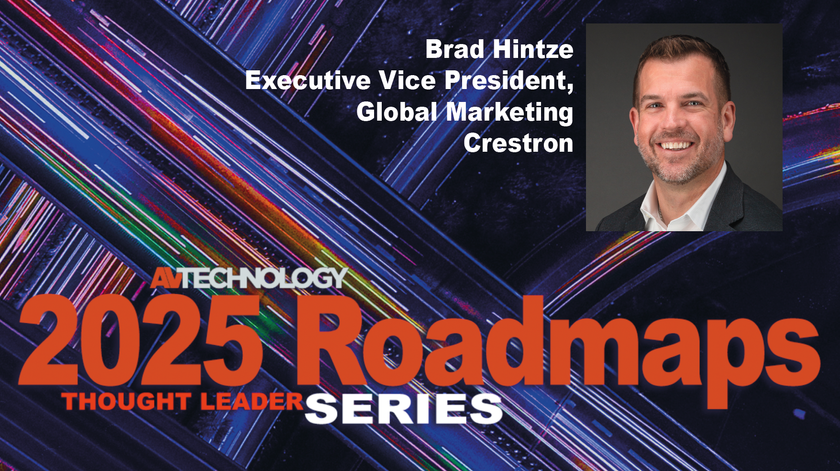- Images of video screens and sports facilities generally conjure up visions of centerfield, end zones and center-hung scoreboards. Tony Turiello, vice president of sales and marketing for Lighthouse Technologies in Irvine, CA wants fans to picture VIP lounges and concourses.
- "We're very interested in going after the Division One sports market, the top-tier universities and colleges that you see at annual bowl level events, as well as the professional sports market," Turiello said. "We have screens at Petco Park in San Diego, CA and at the Seahawks Stadium in Seattle. Our screens are the typical centerpiece displays at both of these facilities, but we're not limiting ourselves to these applications.
- "Any new or upgraded facility, be it at the college or professional level, has no doubt added high-priced private luxury suites," Turiello remarked. "These VIP areas are typically atriums with lots of glass and lots of sunlight. Our affordable small-format LED screens, at 6mm and 3,000 NITs of brightness, are similar in size to large plasmas and LCD displays, but our LED systems are 10 times as bright. With their high brightness and high resolution, they're the ideal product in these high-ambient lighting conditions."
- Digital concession signage, offering the ability to address many different displays with content that targets specific audiences, is another target market for Lighthouse. The biggest obstacle to successful digital signage networks is finding sponsorship dollars to anchor the solution. With their high-profile sponsors already in place, professional and Division One facilities have already overcome this hurdle. "Our small-format LED systems are a unique product that can make digital signage a reality in sports marketing," Turiello explained.
- Concourses and VIP lounges are not the only places with upcoming changes. Turiello believes the trend is toward high-definition and the wide-format large screen, because higher-resolution LED products are more affordable. "There has been a steady price drop of 30 to 40 percent for large-format LED systems over the years," Turiello pointed out. "First-generation LED systems are now approaching six and seven years of age. What you paid for then buys a lot more now."
Picture This
Latest in


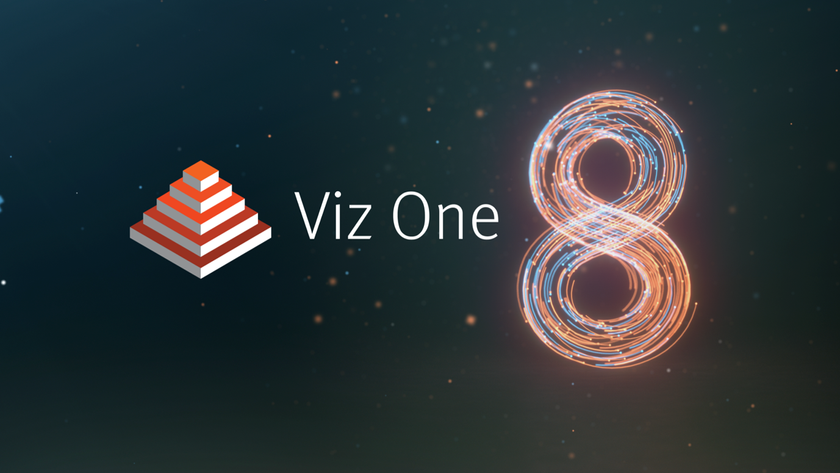


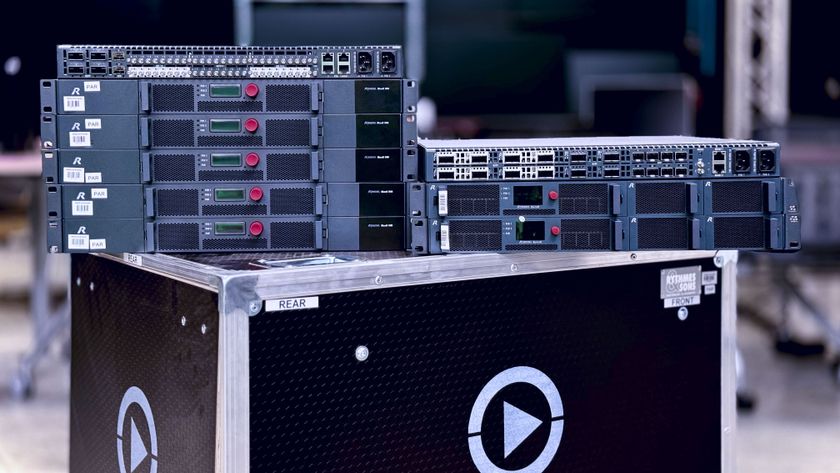
Latest in News








